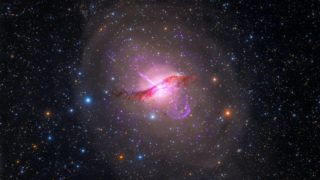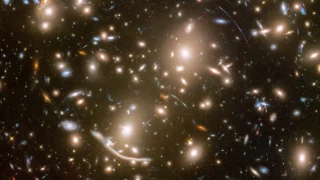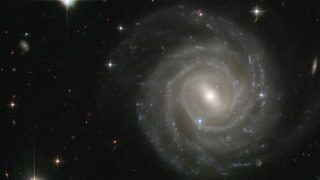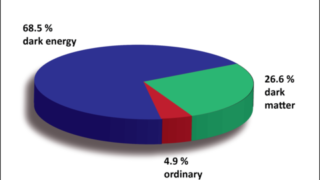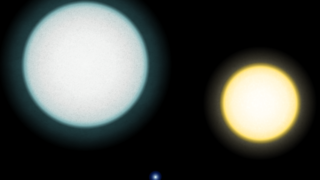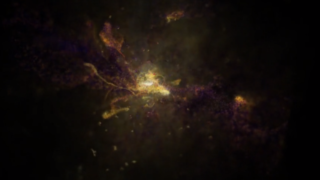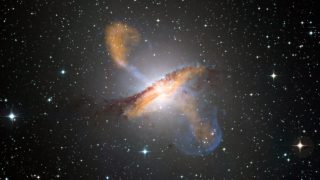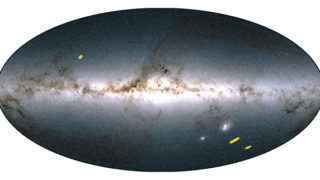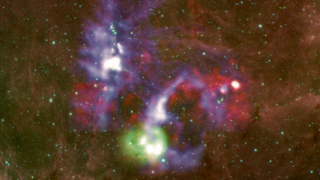
High-speed star formation
Gas clouds in the Cygnus X Region, a region where stars form, are composed of a dense core of molecular hydrogen (H2) and an atomic shell. These ensembles of clouds interact with each other dynamically in order to quickly form new stars. The Cygnus X region is a vast luminous cloud of gas and dust […]
